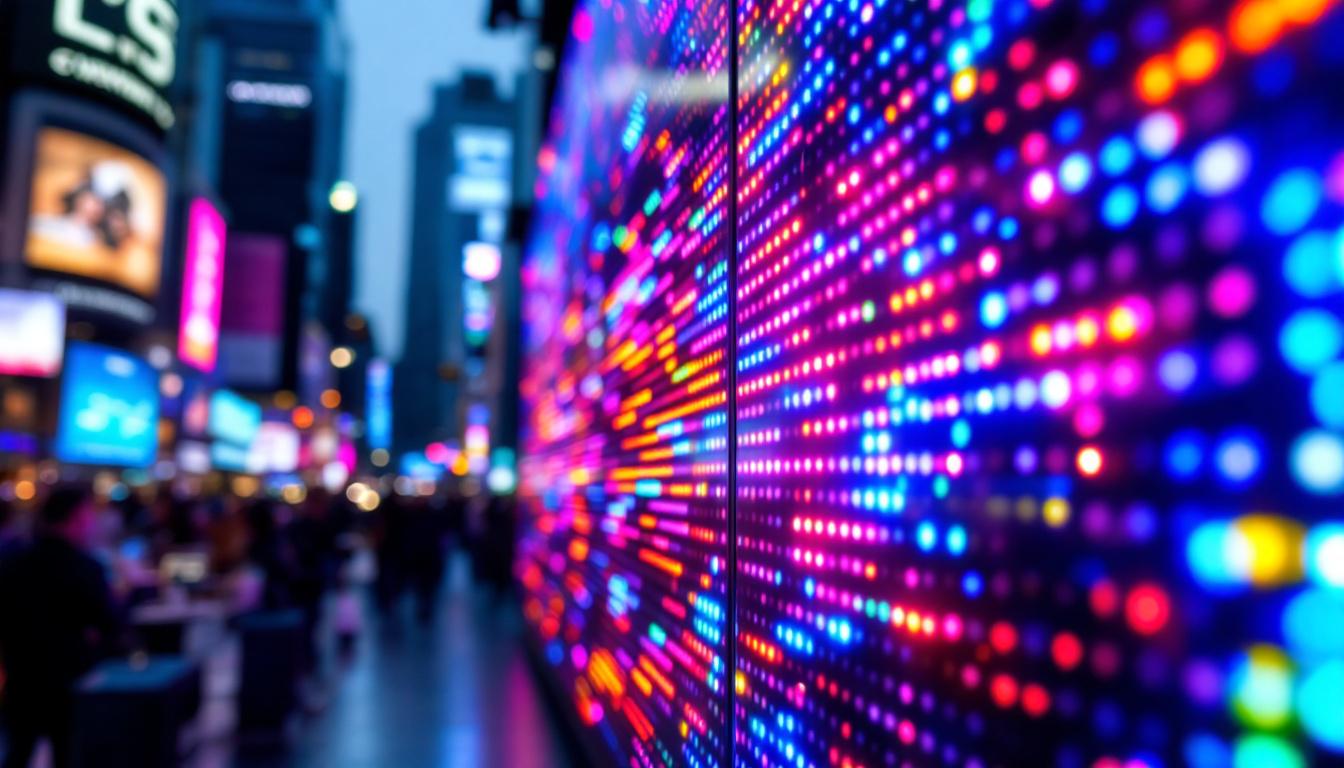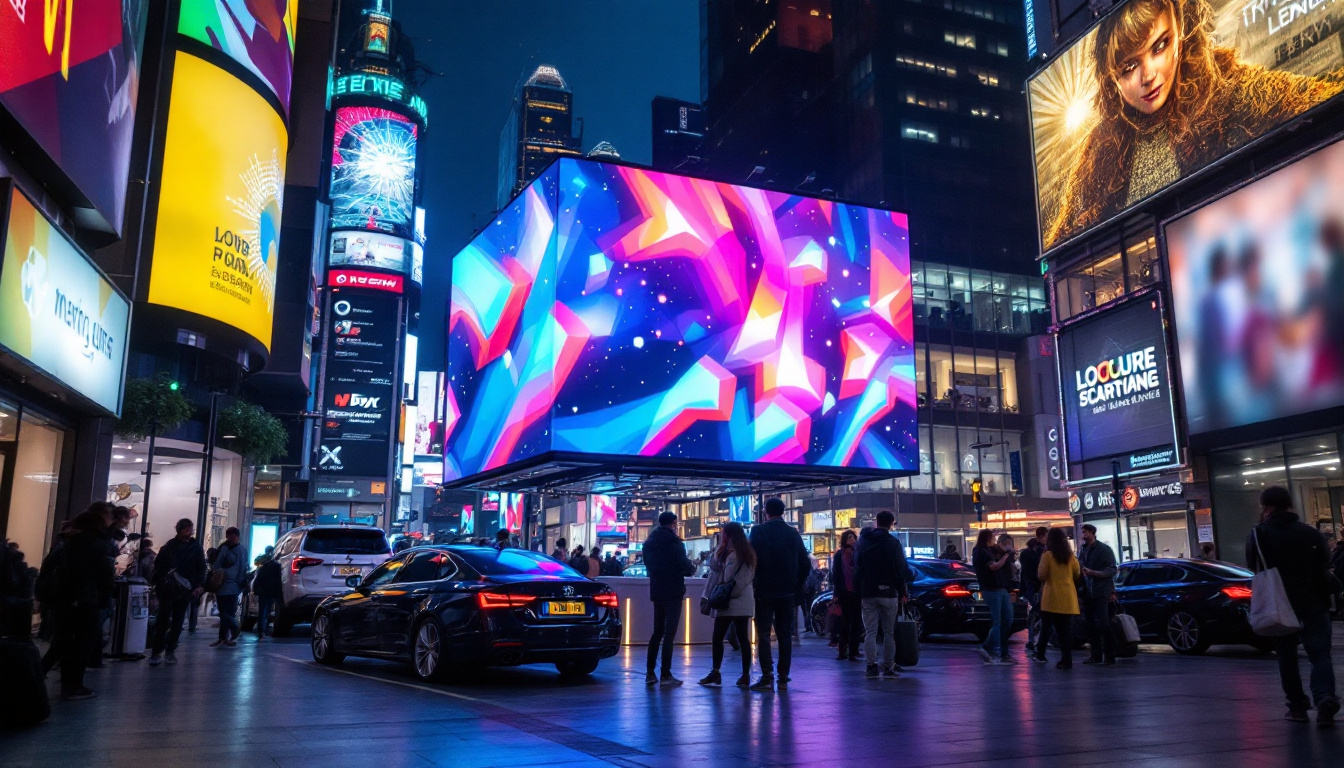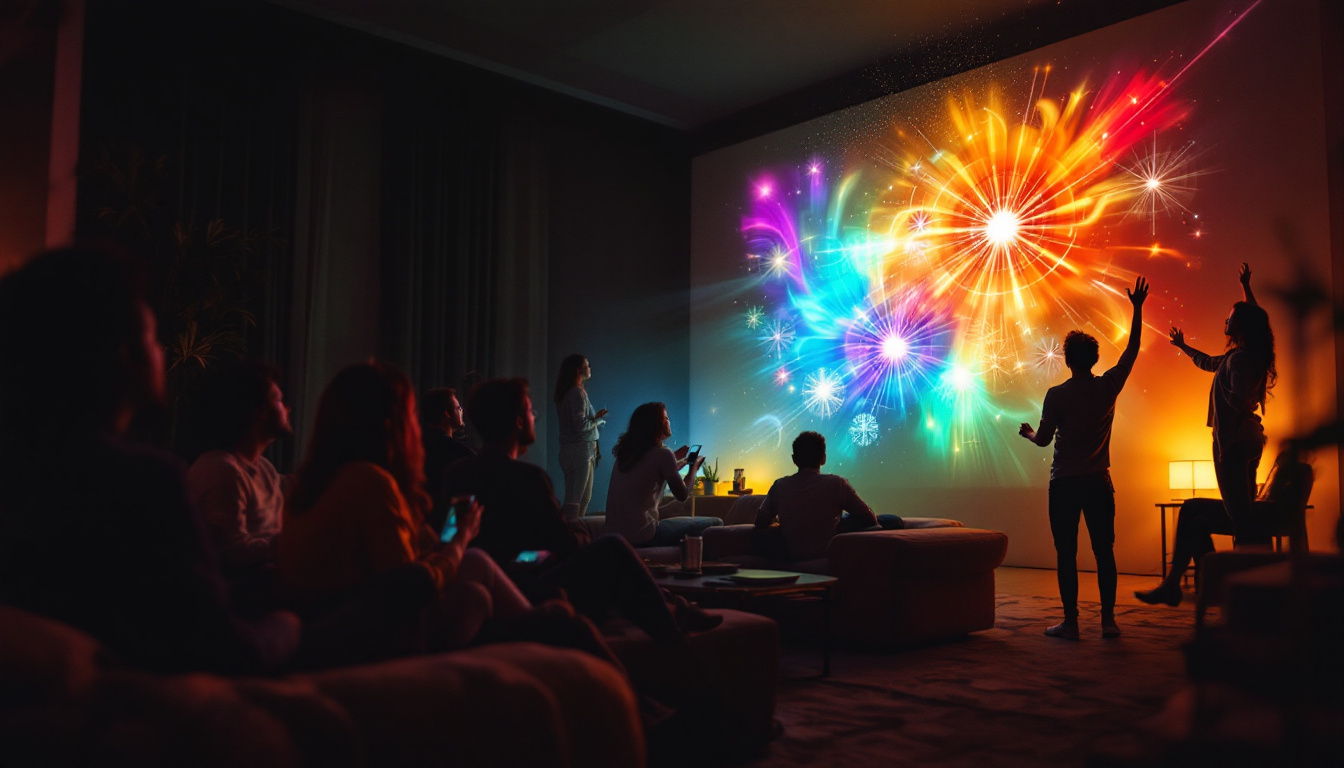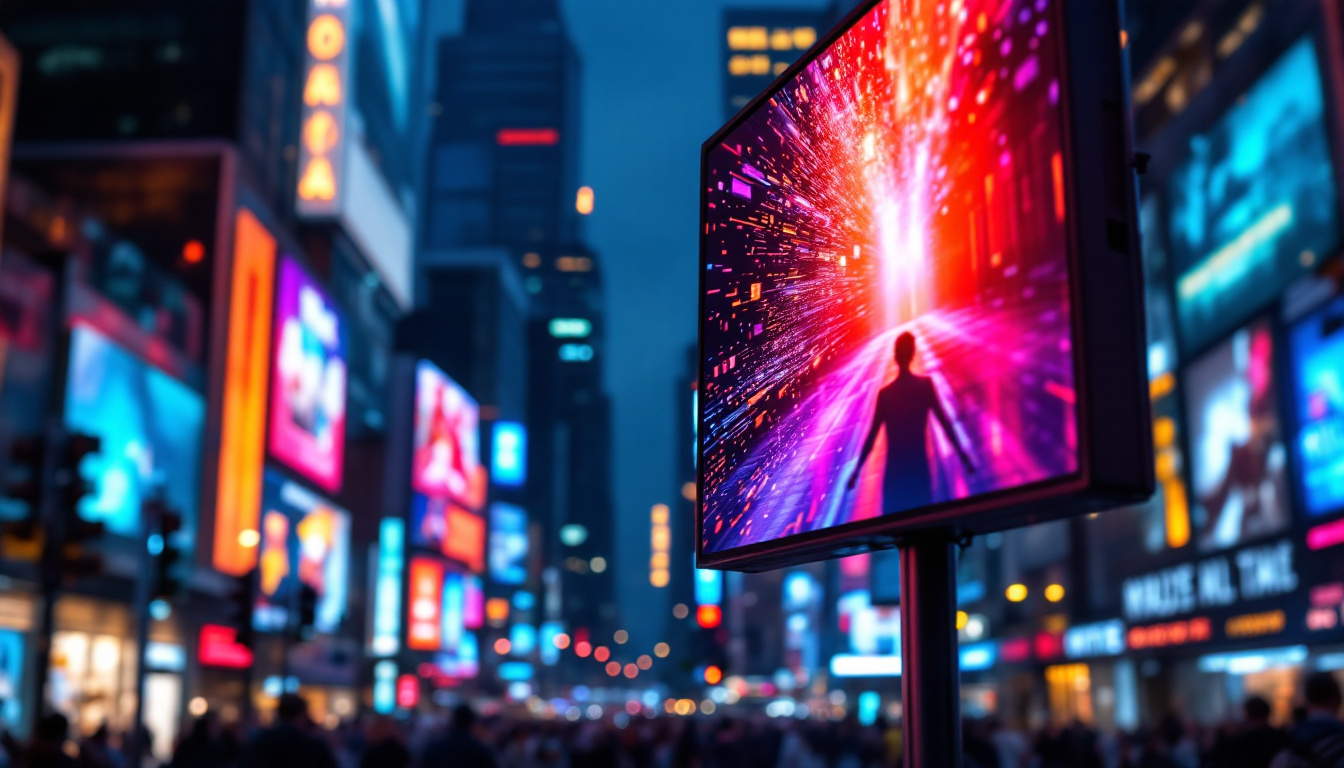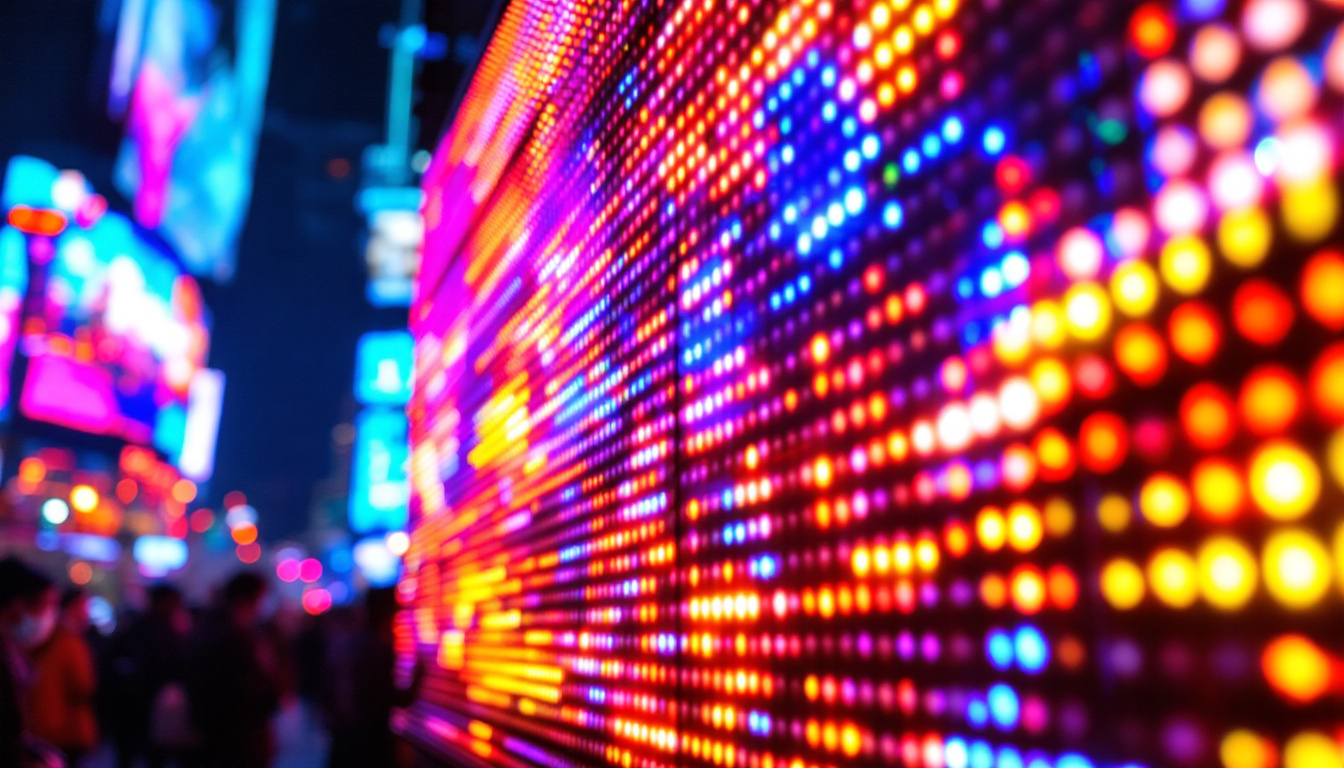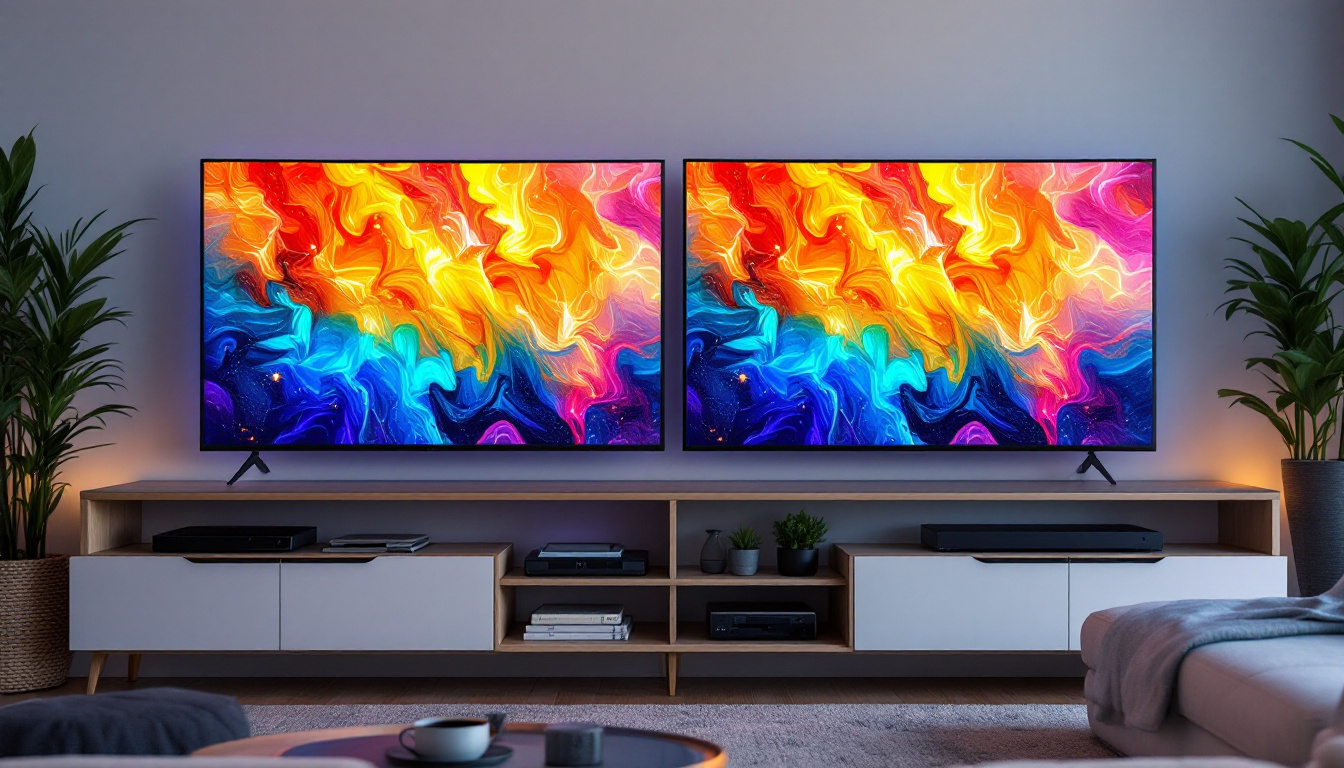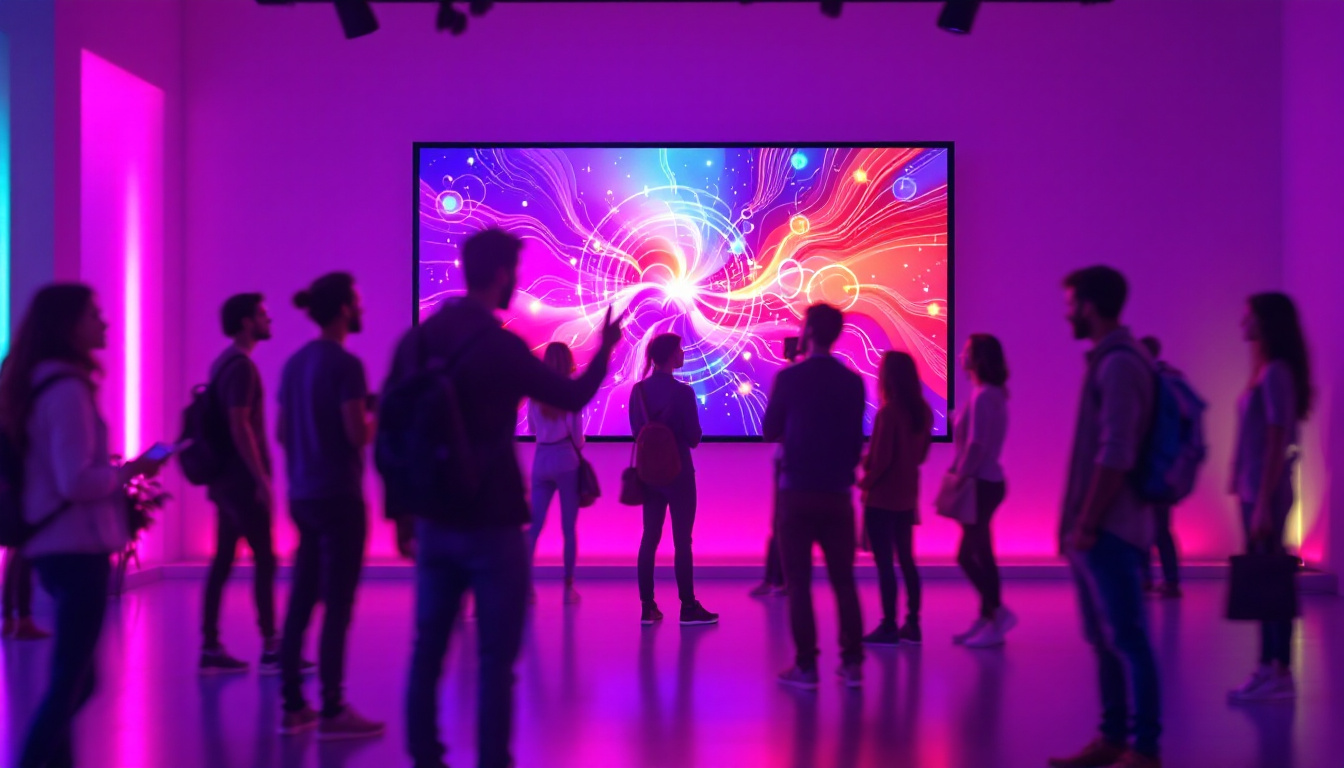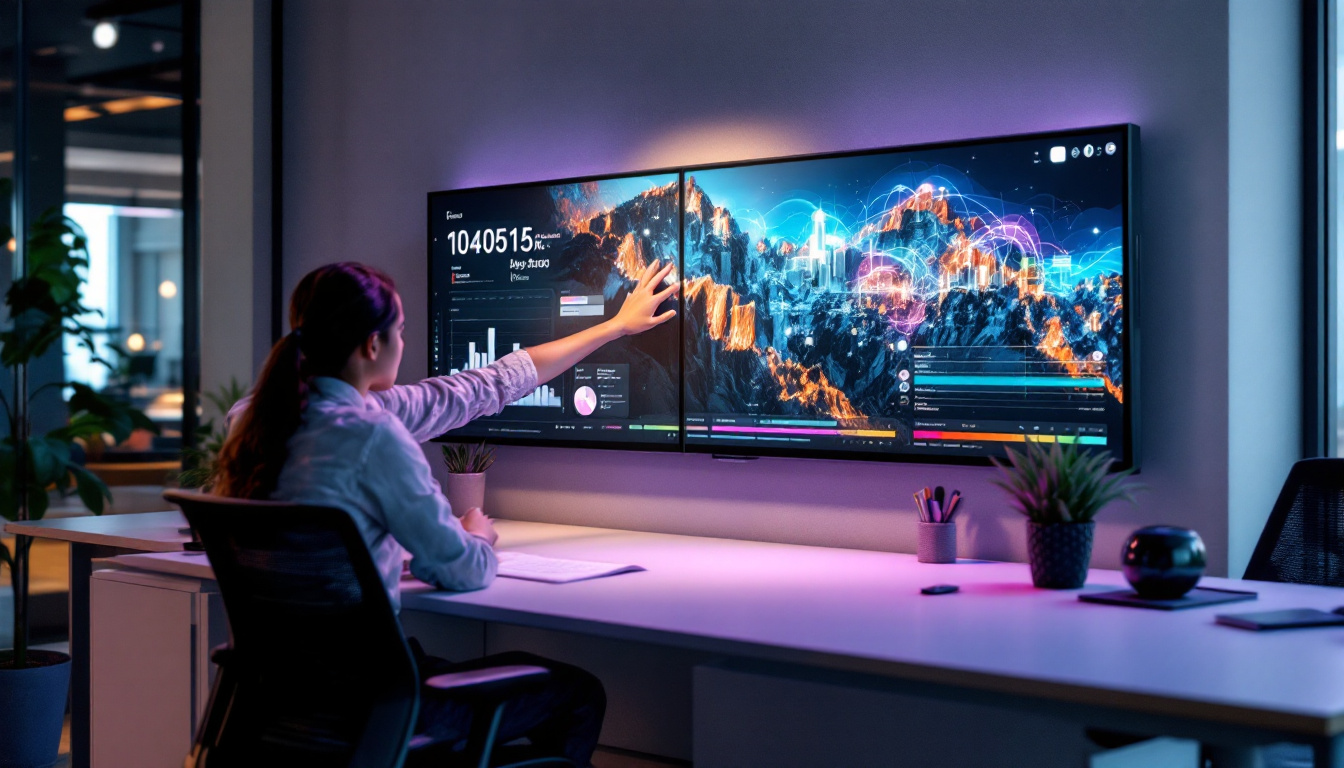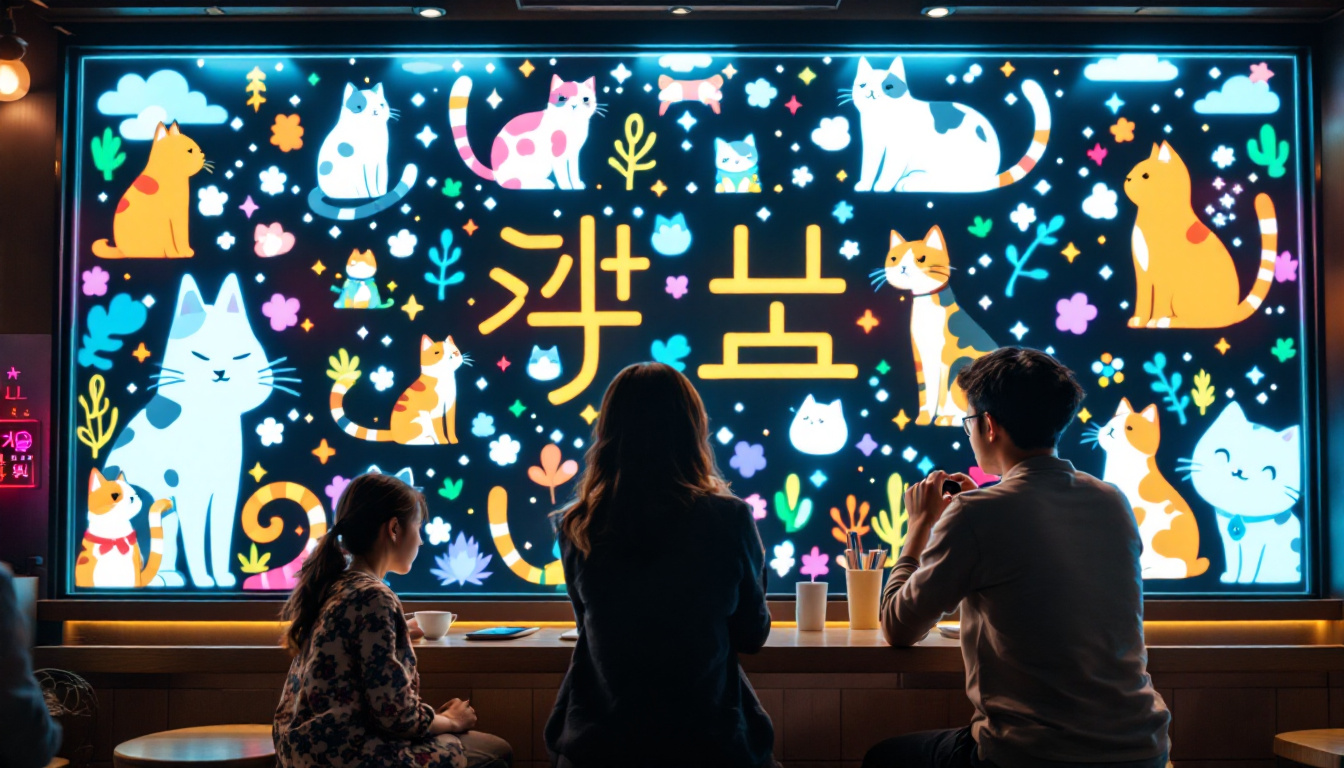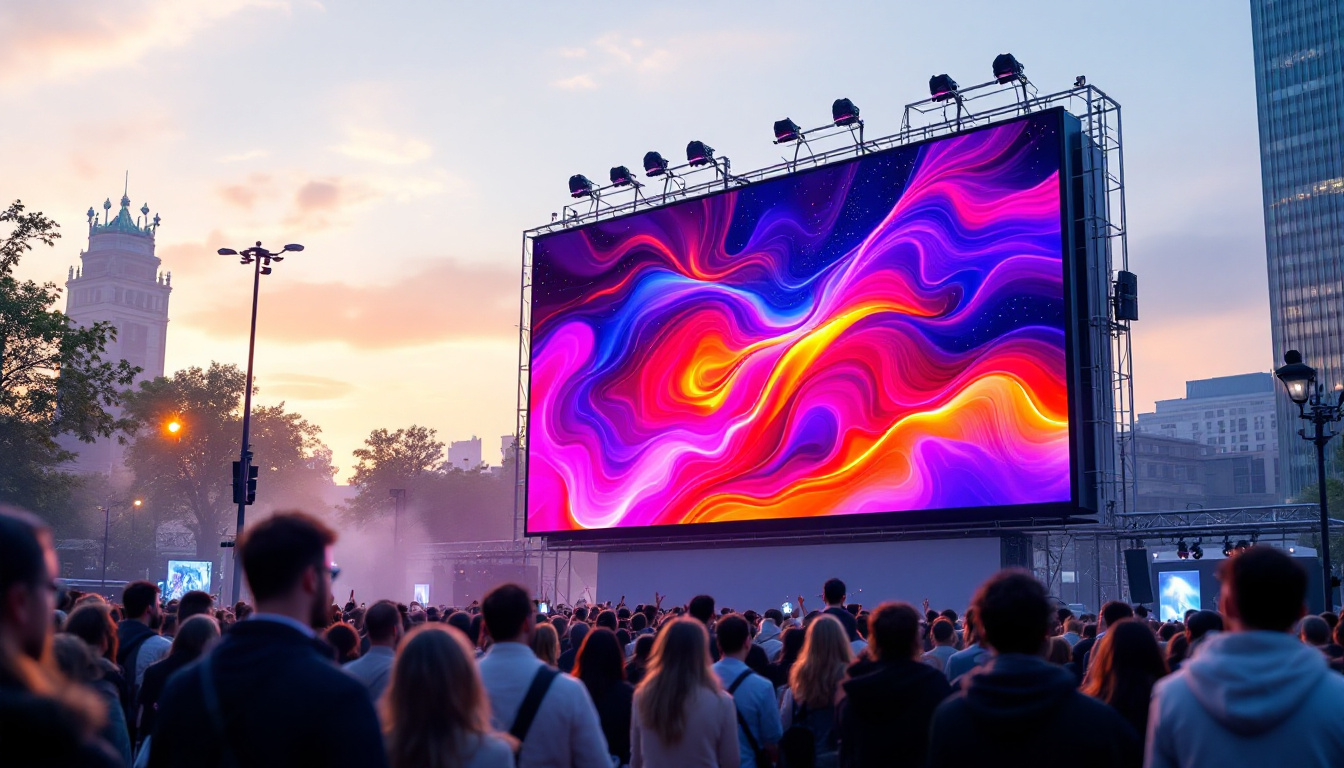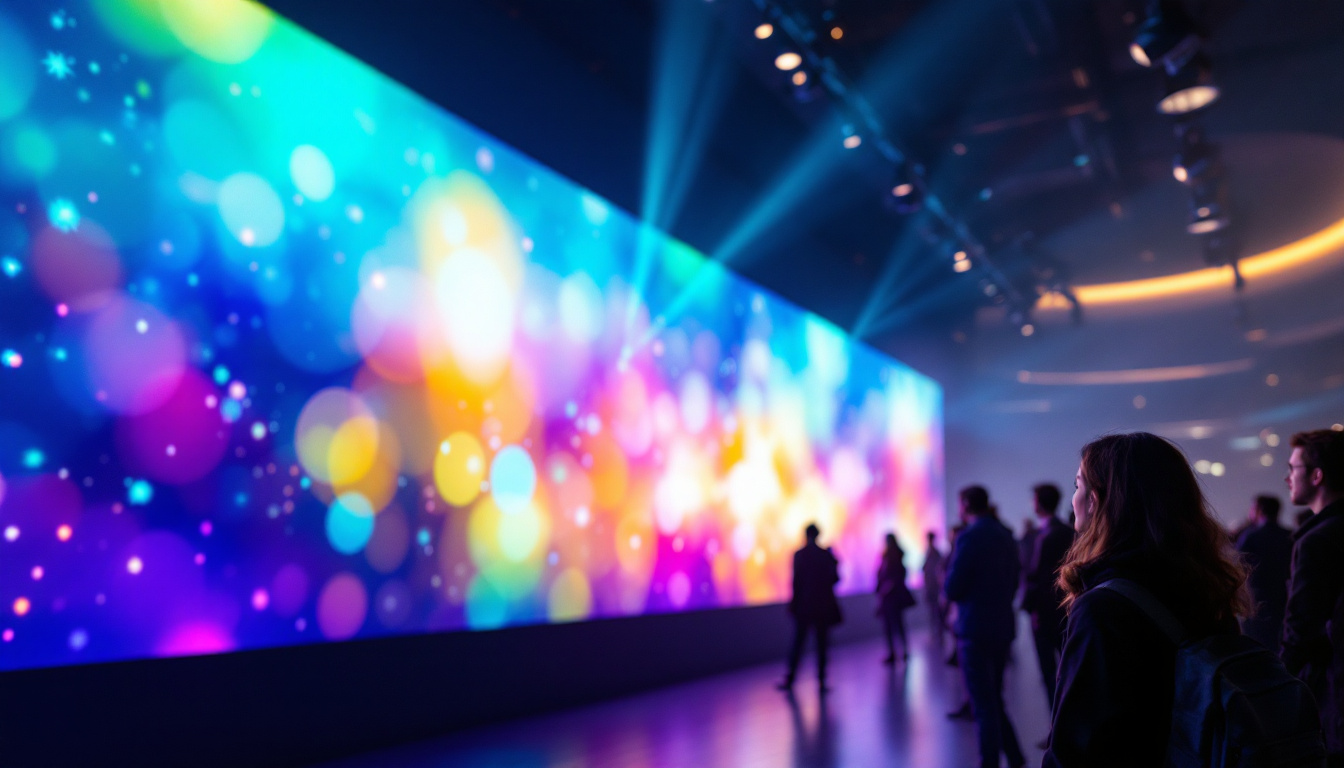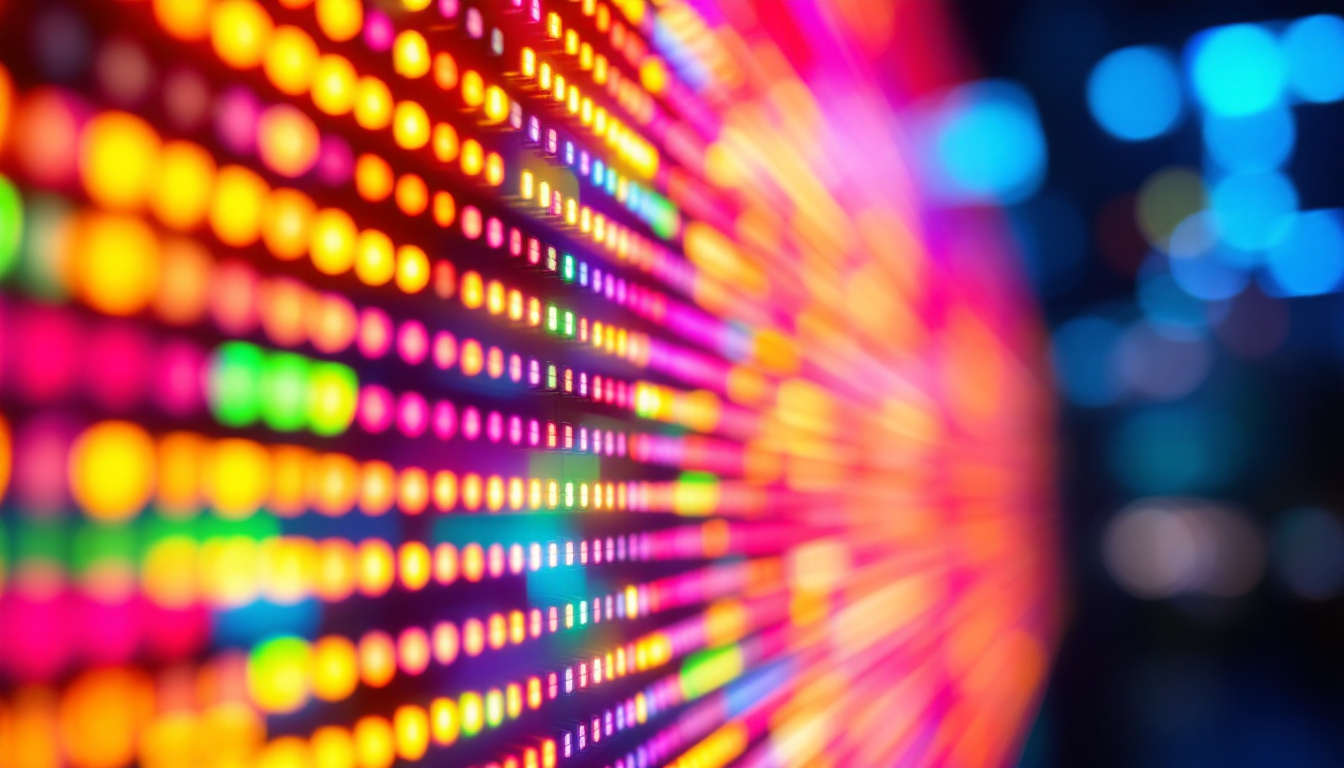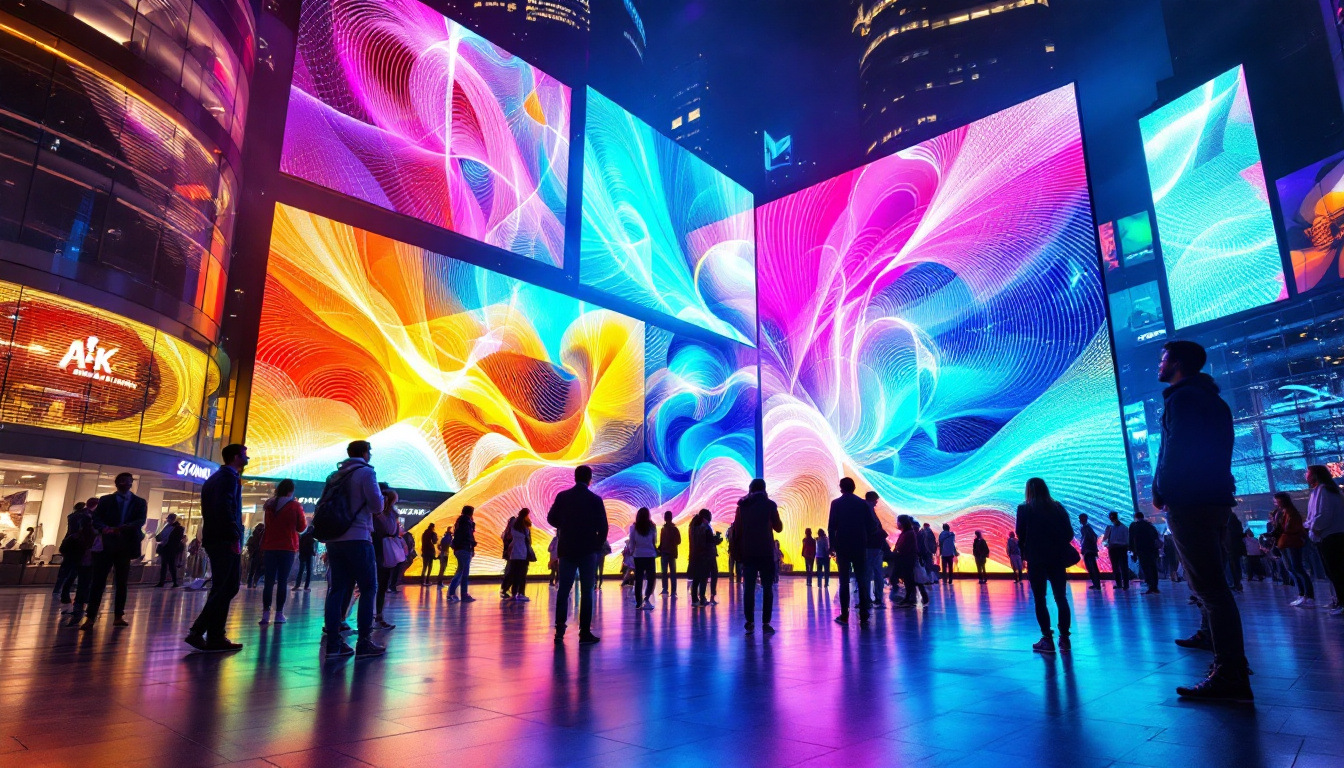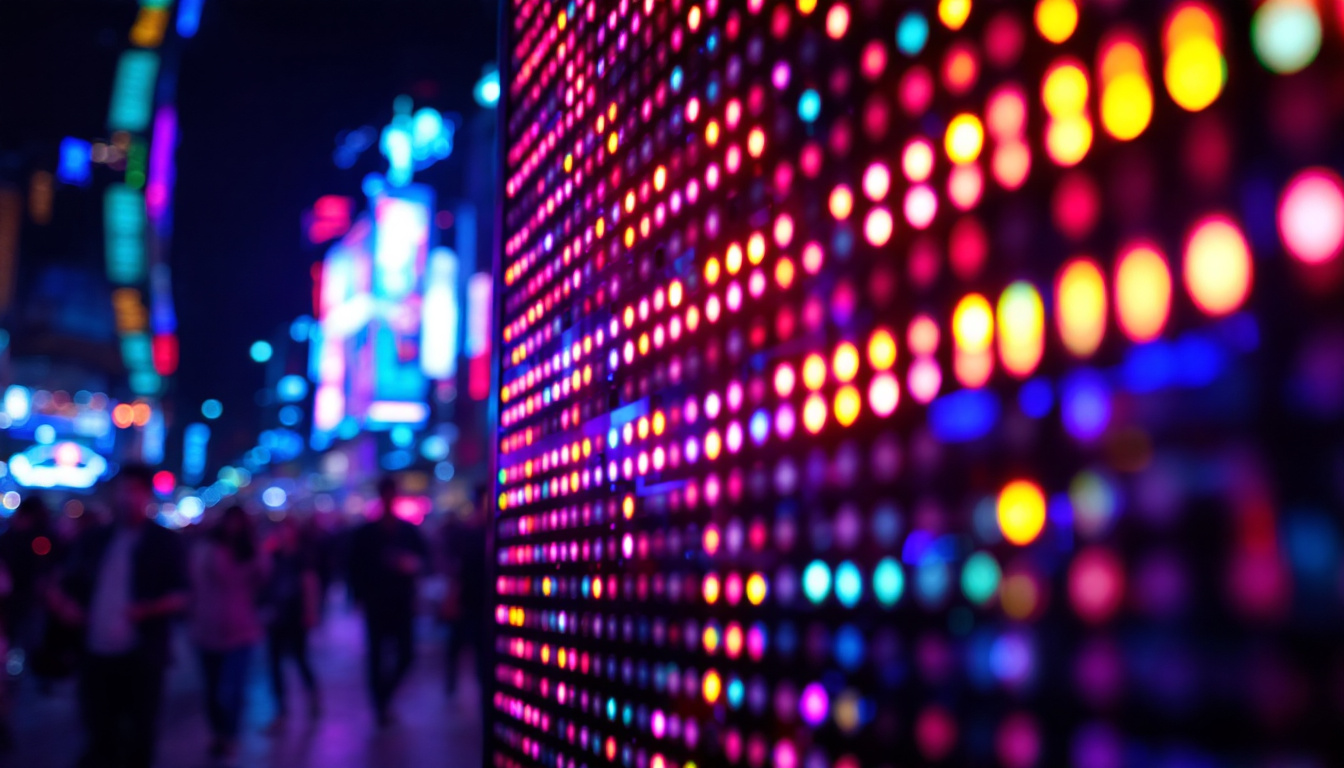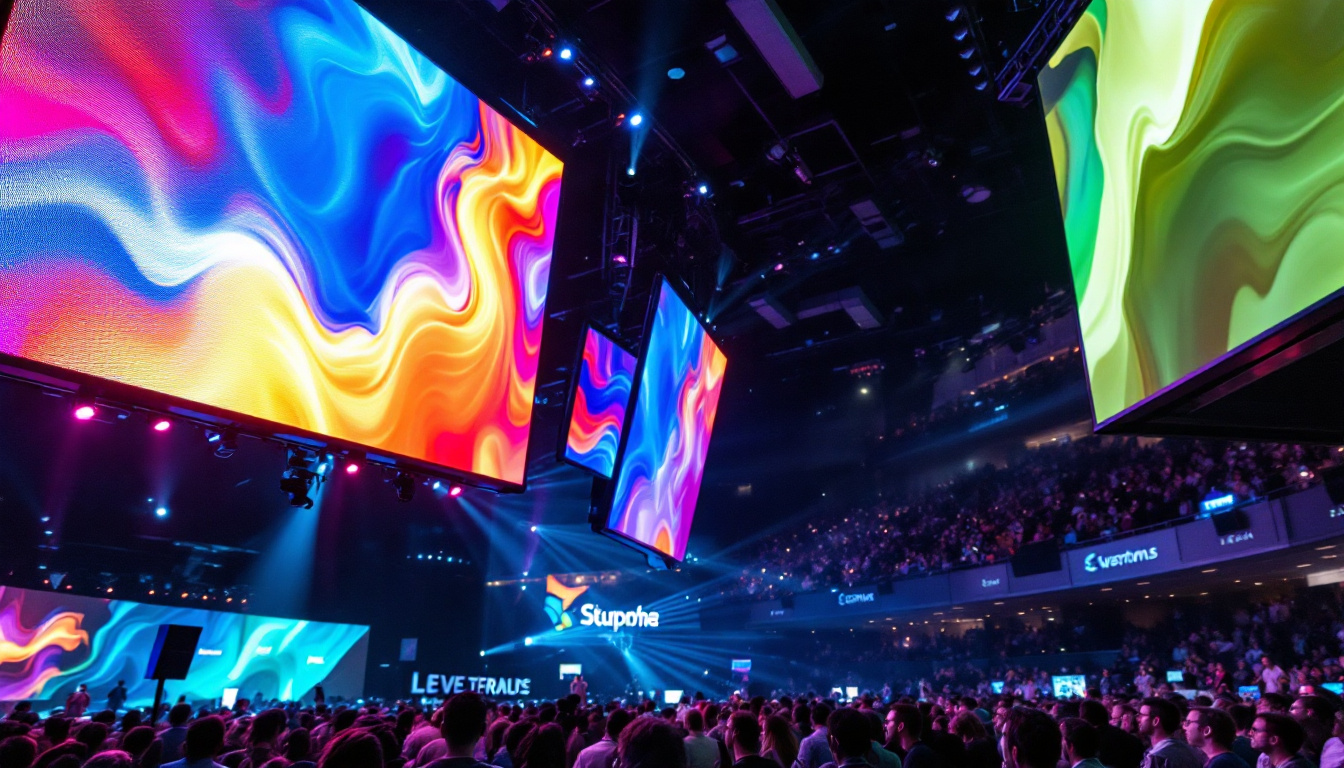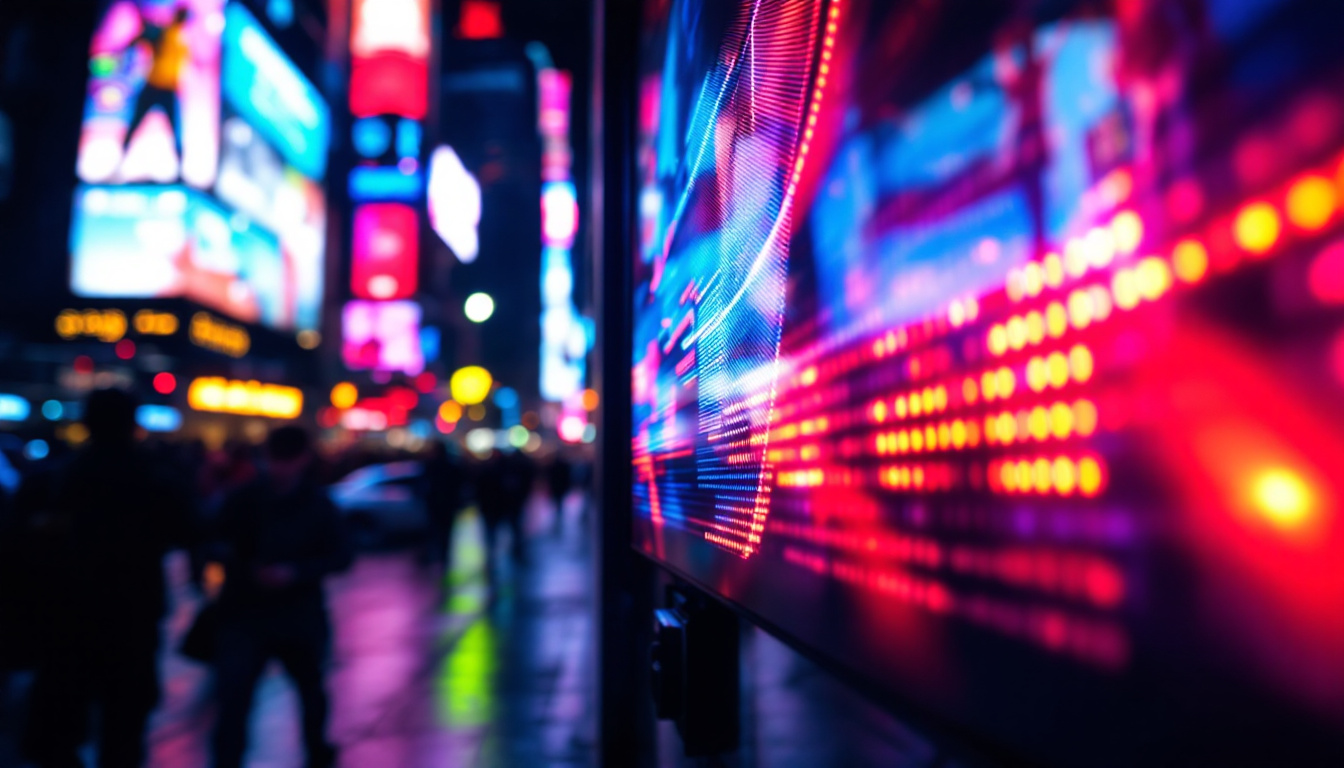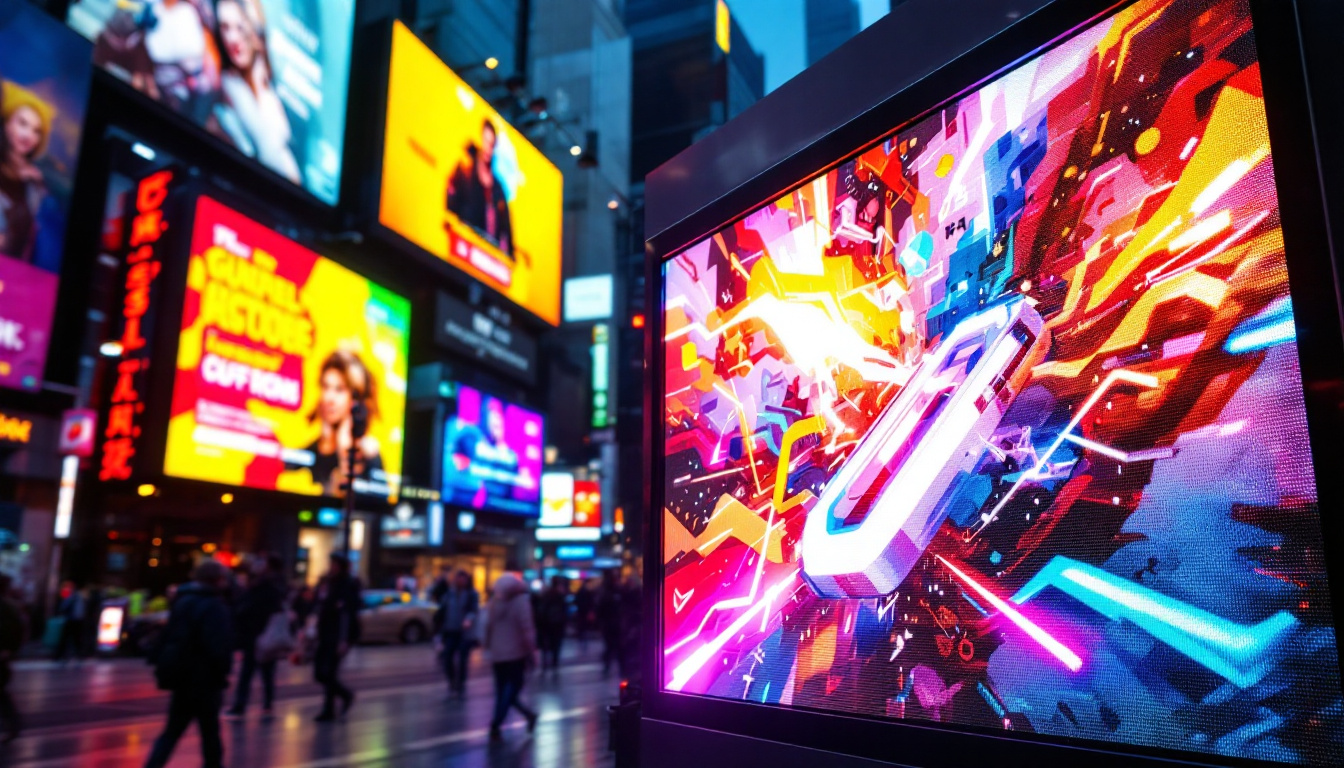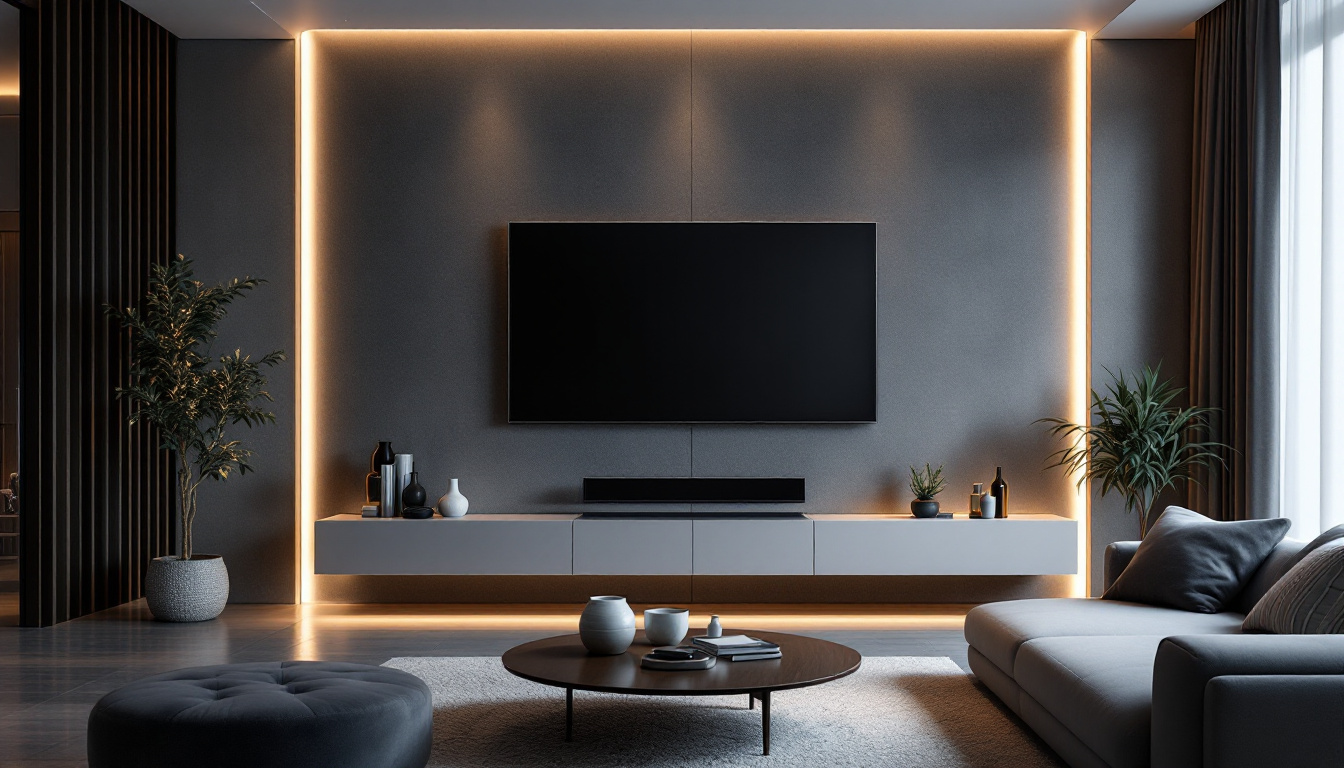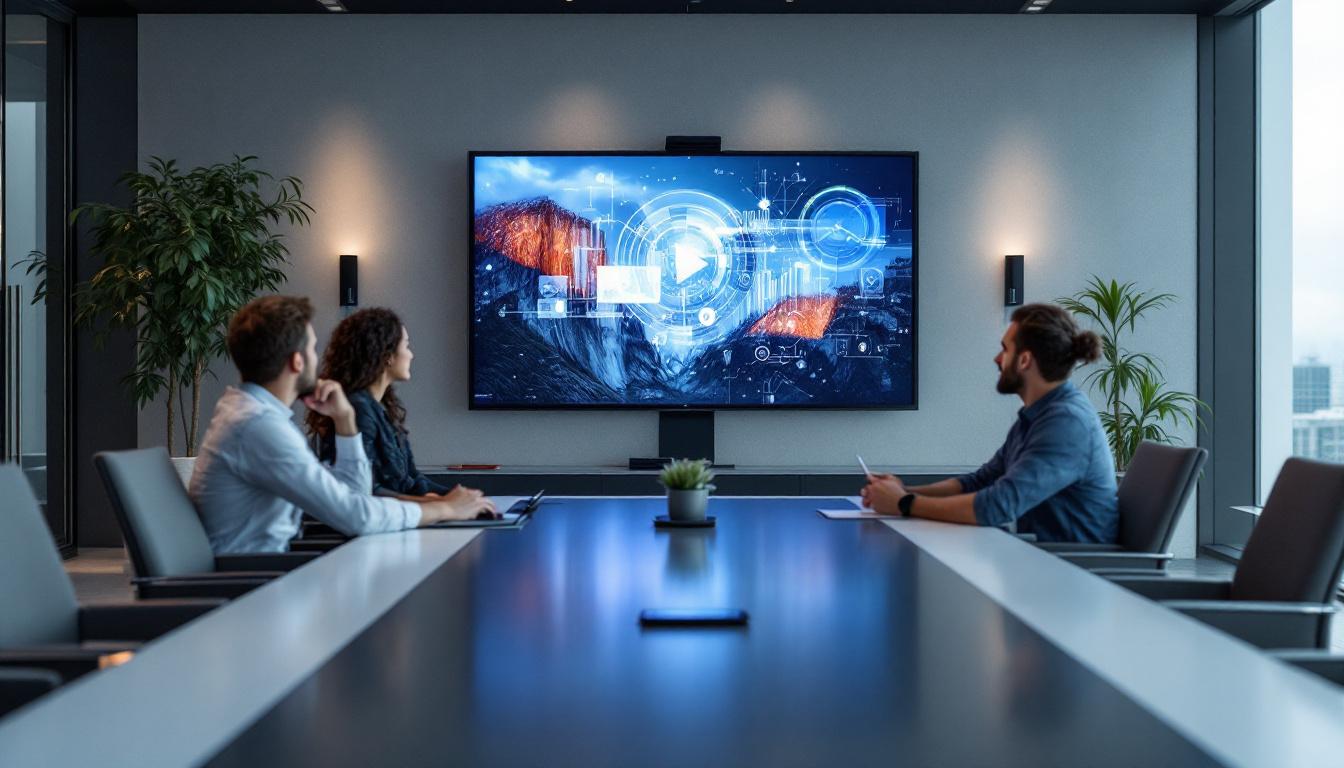In an era where technology is advancing at a rapid pace, multi-touch LED displays have emerged as a significant innovation in the realm of digital interaction. These displays are not only revolutionizing how users engage with devices but are also transforming various industries, from education to entertainment and beyond. Understanding the intricacies of multi-touch LED displays can provide valuable insights into their functionality and applications.
What is a Multi-Touch LED Display?
A multi-touch LED display is a screen technology that allows multiple points of contact to be detected simultaneously. This capability enables users to interact with the display using multiple fingers or styluses, facilitating a more dynamic and intuitive experience. Unlike traditional displays, which typically respond to a single touch, multi-touch screens can recognize gestures and commands from multiple sources at once.
How Multi-Touch Technology Works
The technology behind multi-touch displays often involves capacitive sensing. This method utilizes an electrostatic field to detect the presence of a finger or other conductive object. When a finger touches the screen, it disrupts the electrostatic field, allowing the display to register the touch point. Advanced algorithms then interpret these touch points, enabling complex gestures such as pinch-to-zoom and swipe.
There are various types of multi-touch technologies, including resistive, capacitive, and optical. Capacitive multi-touch displays are the most common in modern devices due to their responsiveness and accuracy. They can detect multiple touch points with high precision, making them ideal for applications that require intricate gestures. Additionally, advancements in technology have led to the development of hybrid systems that combine different sensing methods, enhancing the versatility and performance of multi-touch displays.
Applications of Multi-Touch LED Displays
Multi-touch LED displays are utilized in a wide array of applications. In educational settings, interactive whiteboards equipped with multi-touch technology promote collaborative learning experiences. Students can engage with content directly on the screen, enhancing their understanding through hands-on interaction. This interactive approach not only makes learning more engaging but also caters to various learning styles, allowing visual and kinesthetic learners to thrive in a shared environment.
In the retail sector, multi-touch displays are increasingly used in kiosks and digital signage. Customers can browse products, access information, and even make purchases directly through the display, creating a seamless shopping experience. Furthermore, in the entertainment industry, multi-touch LED displays are employed in gaming and interactive installations, allowing users to immerse themselves in engaging environments. These displays are also making their way into art installations and museums, where they serve as interactive canvases that invite visitors to explore and create, blurring the lines between art and technology. The ability to manipulate digital content in real-time opens up new avenues for creativity and expression, making multi-touch displays a transformative tool across various fields.
Benefits of Multi-Touch LED Displays
The advantages of multi-touch LED displays extend beyond mere functionality. These displays enhance user engagement, streamline workflows, and improve overall efficiency across various sectors.
Enhanced User Interaction
One of the primary benefits of multi-touch LED displays is the enhanced user interaction they facilitate. Users can manipulate content in a more natural and intuitive manner, which can lead to increased satisfaction and productivity. For instance, in design applications, artists can use multi-touch gestures to rotate, resize, and move objects seamlessly, allowing for a more fluid creative process.
Moreover, the ability to support multiple users simultaneously encourages collaboration. In a business setting, teams can work together on projects, brainstorming ideas and making real-time adjustments to presentations or documents displayed on the screen. This collaborative environment is particularly beneficial in educational settings, where students can engage with interactive learning materials, fostering a deeper understanding of complex subjects through hands-on experience.
Improved Efficiency and Productivity
Multi-touch LED displays can significantly improve efficiency in various environments. In corporate settings, these displays can streamline meetings by allowing participants to share and manipulate documents collectively. This collaborative approach can reduce the time spent on discussions and decision-making processes. Additionally, the visual nature of these displays helps to clarify concepts and ideas, making it easier for teams to reach consensus and move forward with projects.
In manufacturing and logistics, multi-touch displays can be integrated into control systems, enabling operators to monitor processes and make adjustments in real time. This capability can lead to faster response times and reduced downtime, ultimately enhancing productivity. Furthermore, these displays can be utilized for training purposes, allowing new employees to interact with simulations and real-time data, thereby accelerating their learning curve and ensuring they are better prepared for their roles. The versatility of multi-touch LED displays makes them an invaluable asset in any industry that values innovation and efficiency.
Challenges and Considerations
While multi-touch LED displays offer numerous benefits, there are also challenges and considerations that must be addressed. Understanding these factors is crucial for organizations looking to implement this technology effectively.
Cost Implications
The initial investment required for multi-touch LED displays can be significant. High-quality displays with advanced features often come with a higher price tag compared to traditional screens. Organizations must weigh the potential return on investment against the upfront costs to determine if the benefits justify the expense.
Additionally, ongoing maintenance and support costs should be considered. Multi-touch displays may require regular updates and servicing to ensure optimal performance, which can add to the overall financial commitment. This includes not only the cost of technical support but also potential expenses related to software licensing and hardware upgrades as technology evolves.
Training and Adaptation
Another challenge associated with multi-touch LED displays is the need for user training. While many users may find multi-touch interfaces intuitive, others may require guidance to fully leverage the technology’s capabilities. Organizations must be prepared to invest time and resources into training programs to ensure that employees can effectively utilize the displays.
Furthermore, adapting to new technology can be met with resistance from some users. Change management strategies may be necessary to facilitate a smooth transition and encourage acceptance of the new system. This could involve creating a feedback loop where users can express their concerns and suggestions, helping to foster a culture of collaboration and continuous improvement. Engaging early adopters as champions of the technology can also help in easing the transition for others, as they can share their positive experiences and tips for maximizing the use of multi-touch displays.
Future Trends in Multi-Touch LED Displays
The future of multi-touch LED displays is promising, with ongoing advancements in technology and design. As industries continue to explore innovative applications for this technology, several trends are emerging that could shape the landscape in the coming years.
Integration with Augmented Reality (AR)
One of the most exciting trends is the integration of multi-touch LED displays with augmented reality (AR) technology. This combination has the potential to create immersive experiences that blend the digital and physical worlds. For example, in retail, customers could interact with virtual products displayed on a multi-touch screen, allowing them to visualize items in their own space before making a purchase.
In education, AR-enhanced multi-touch displays could transform traditional learning environments. Students could engage with 3D models and simulations, providing a deeper understanding of complex concepts through interactive experiences. Imagine a biology class where students can manipulate a virtual human heart, examining its chambers and valves in real-time, or a history lesson that allows them to walk through a digital reconstruction of ancient civilizations. Such interactive learning tools can foster greater engagement and retention of knowledge, making education not only more effective but also more enjoyable.
Advancements in Display Technology
As technology continues to evolve, multi-touch LED displays are likely to benefit from advancements in display quality and performance. Improvements in resolution, color accuracy, and brightness will enhance the visual experience, making displays more appealing and effective for various applications.
Additionally, the development of flexible and foldable display technologies could open new possibilities for multi-touch interfaces. These innovations may lead to the creation of portable devices that maintain the functionality of larger screens while being more accessible and convenient for users. Furthermore, the integration of touch-sensitive surfaces with haptic feedback technology could enhance user interaction, providing tactile responses that simulate the feel of physical buttons or textures. This could significantly improve user experience in gaming, design, and even remote collaboration, where the ability to ‘feel’ digital elements can create a more intuitive interface.
Conclusion
Multi-touch LED displays represent a significant advancement in how users interact with technology. Their ability to recognize multiple touch points simultaneously enables a more engaging and intuitive experience, making them invaluable across various industries. While challenges such as cost and training exist, the benefits of enhanced user interaction and improved efficiency make multi-touch displays a worthwhile investment for many organizations.
As technology continues to evolve, the future of multi-touch LED displays looks bright. With the integration of augmented reality and advancements in display technology, the potential applications are limitless. Embracing this technology can lead to innovative solutions that enhance productivity, collaboration, and user satisfaction in an increasingly digital world.
Discover the Future of Interactive Displays with LumenMatrix
Ready to elevate your digital interaction and captivate your audience like never before? LumenMatrix is at the forefront of LED display innovation, offering a wide range of solutions that bring your content to life. From Indoor and Outdoor LED Wall Displays to specialized options like Vehicle, Sports, and Floor LED Displays, our products are designed to revolutionize visual communication. Experience the difference with our Custom, All-in-One, and Transparent LED Displays, and see how our technology can transform your space. Check out LumenMatrix LED Display Solutions today and step into a world of unparalleled engagement and clarity.


